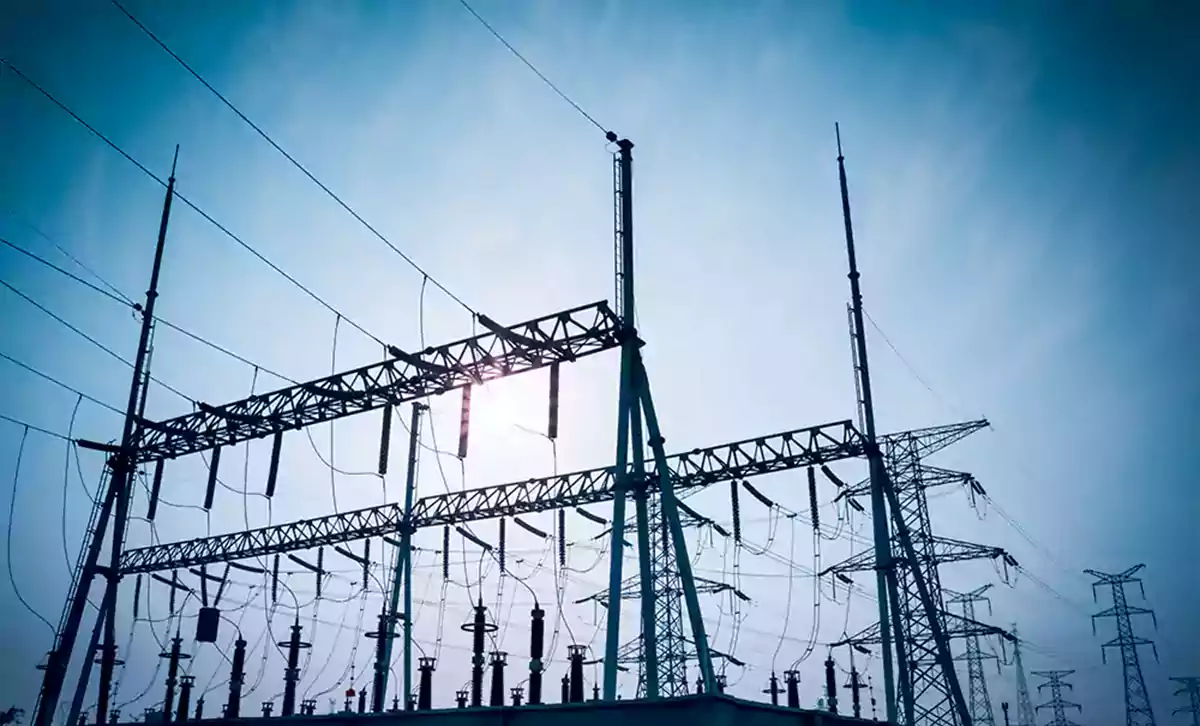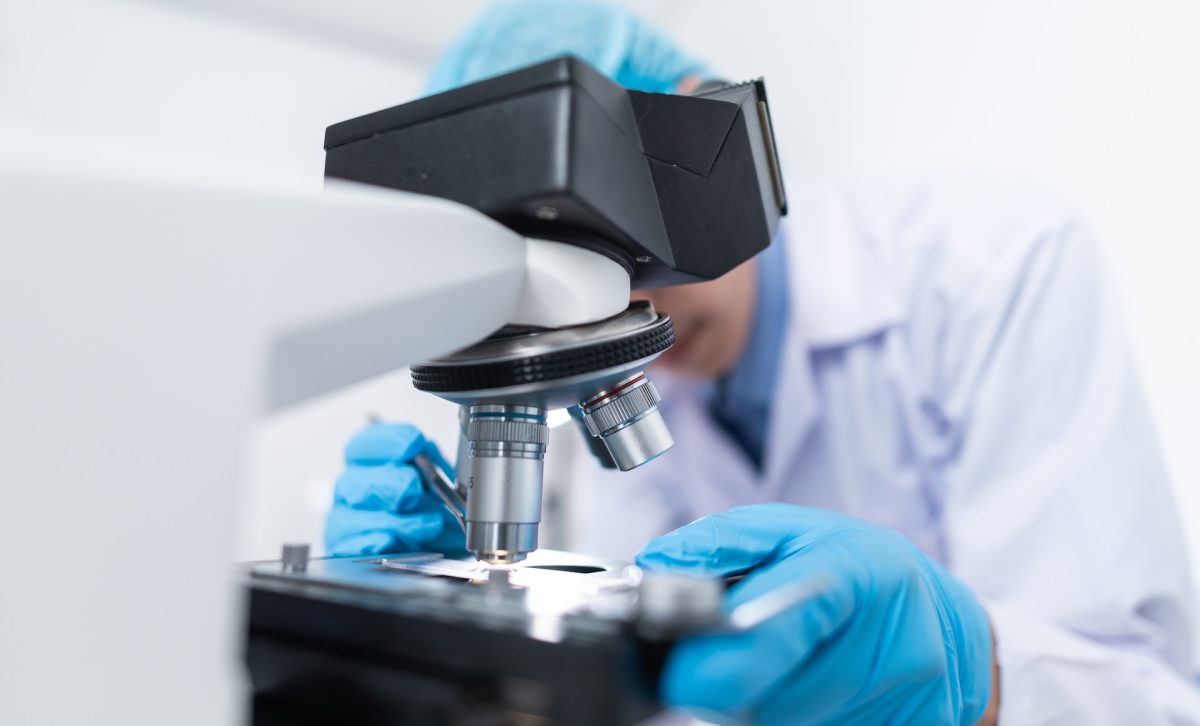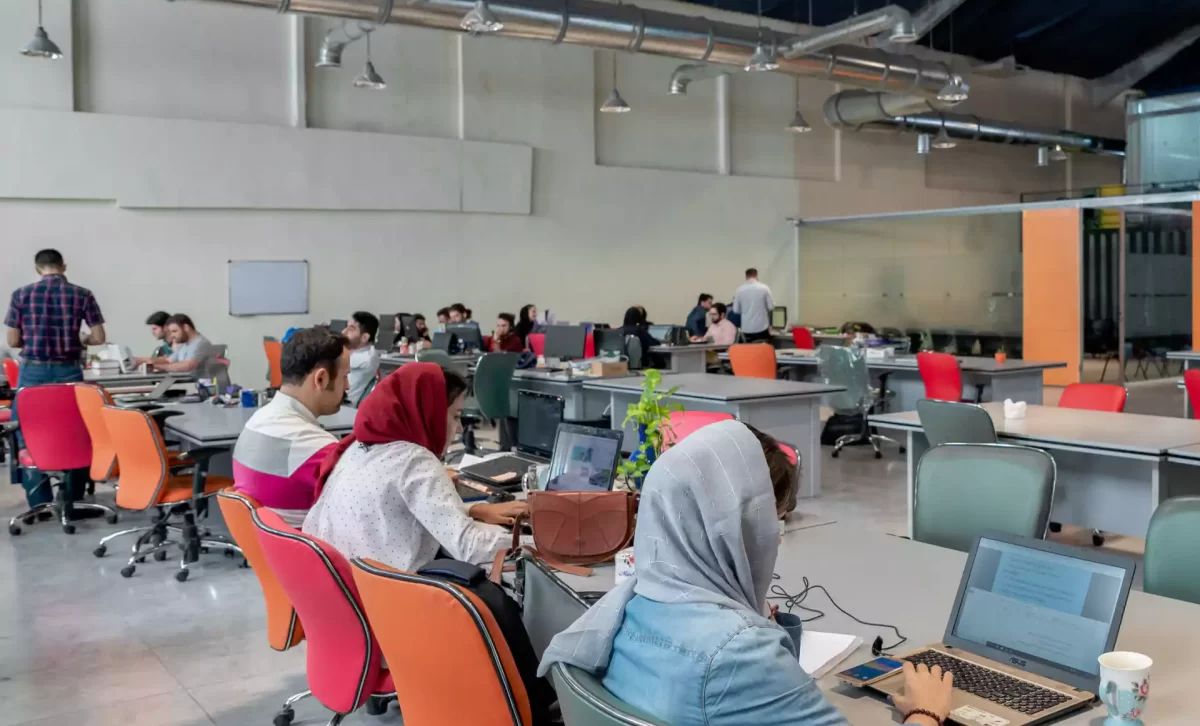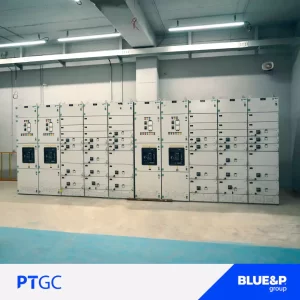Emerging technological trends aimed at increasing hydropower’s flexibility, efficiency and cost-effectiveness were the subject of a workshop organised by the European Commission Joint Research Centre (JRC).
The workshop findings were presented in a recently published scientific paper, ‘Analysis of emerging technologies in the hydropower sector’.
Two of the paper’s authors, Emanuele Quaranta and Ioannis Kougias, here present a summary of the spotlighted research and development (R&D) trends. These technologies cover hydropower flexibility, digitalisation, storage and variable speed turbines, generators with current-controlled rotors, as well as novel small-scale and fish-friendly technologies.
Hydropower flexibility
Climate change mitigation strategies require a high share of renewable energy sources (RES). The variable generation of RES requires that new hydropower technologies provide greater flexibility over an extended range of hydraulic conditions.
Some of the most salient flexibility technologies under development are: stabiliser fins, an adjustable diaphragm installed in the draft tube cone, J-grooves, air injection/admission, axial water injection with high/low velocity and low/high discharge, tangential water injection at a cone wall, axial water injection with a counter-flow tangential component, ejector power plants for the excess flow rate, two-phase air-water injection along the axis, hydroelectric energy storage solutions, battery hybrids, and smart modelling and control solutions to increase unit flexibility and operating range.
Hydropower digitalisation
The collection and processing of real-world data to adjust the actual working conditions of hydropower turbines can provide advanced grid supporting services without compromising stations’ reliability and safety. It is estimated that a total 42 TWh could be added to present hydropower energy production by implementing hydropower digitalisation. Such an increase could lead to annual operational savings of USD 5 billion and a significant reduction of greenhouse gas emissions.
Energy storage and variable speed turbines
With the aim of compensating the increase of variable RES in power systems, energy storage such as that provided by pumped hydropower storage (PHS) is needed. PHS plants operate both in turbine and in pump mode for peaking regulation, which can be enhanced by fixed or variable speed turbines. Speed variation is possible thanks to the use of electronic converters, in either of the two following ways: converter-fed synchronous machines, i.e. synchronous machines whose stator is driven with a variable frequency; and double-fed induction machines, i.e. electric machines that are fed by AC currents into both the stator and the rotor windings. The Goldisthal PHS plant in Germany was the first large variable-speed hydropower plant in Europe (commissioned in 2004) equipped with four 265 MW pumped-storage units; for which a doubly-fed induction machine is used to connect two units to the grid.
Generators with current-controlled rotors
Novel power electronics with current-controlled power supplies can ensure better control of electrical machines, for example during start and stop phases. For example, the hydropower plant Frades II plant in Portugal is equipped with two pump-turbines, and an AC-excitation system controls the rotor power of the induction-motor generator.
Novel small-scale hydropower technologies
Small-scale hydropower plays an important role in mini-grid and rural electrification strategies. In particular, the novel designs of gravity hydraulic machines (like water wheels and Archimedes screws) and turbines (like very low head turbines and hydrokinetic turbines), and advanced designs and operation strategies for pumps as turbines (PATs), are being introduced. PATs are common pumps that can also operate in turbine mode. Additional designs in the PAT context under development include the Deriaz turbine, although the Deriaz turbine is generally used in big hydropower plants.
Fish-friendly hydropower technologies
Due to environmental concerns about hydropower, the sustainability of a plant is increasingly considered at the design stage. Fish-friendly turbines today include Archimedes hydrodynamic screws, water wheels and Vortex turbines for low head applications, as well the Alden turbine and the minimum gap runner turbine for higher heads.
Source: Hydropower.org
